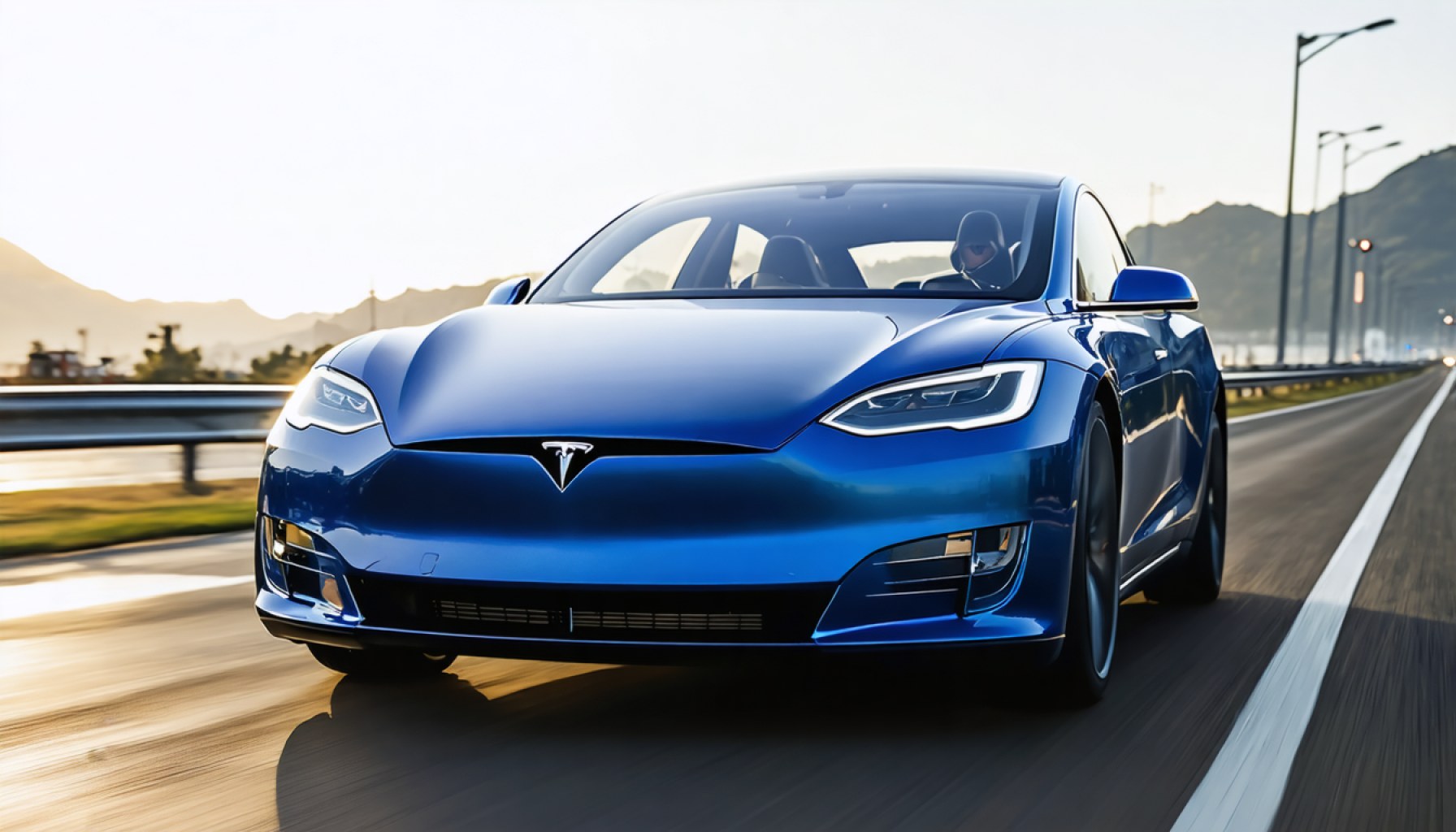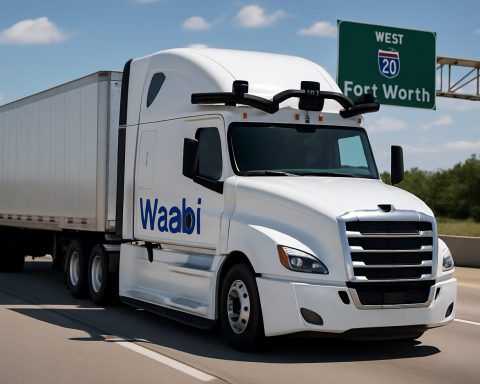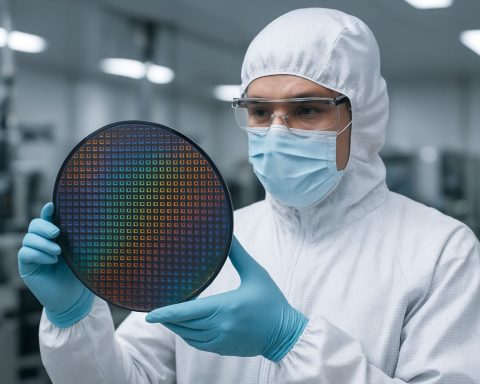- The automobile industry shifts towards electric and self-driving technology, with Tesla facing increased competition and challenges.
- Despite its early innovations, Tesla confronts issues like software hurdles and technological recalls, impacting its autonomy ambitions.
- Driver-assistance features, including Autopilot and Full Self-Driving, face scrutiny and require constant human vigilance.
- Tesla aims to upgrade four million vehicles with HW4 hardware to maintain its technological edge in self-driving functions.
- Rival companies, such as Chinese brand BYD, are gaining ground with competitive electric vehicle offerings.
- Tesla’s future depends on adapting to technical and strategic challenges, emphasizing innovation and agility in a changing market.
- The company must overcome current obstacles to remain a leader in transforming global transportation.
The automobile industry is rapidly evolving into a landscape of futuristic possibilities, dominated by the promise of electric engines and self-driving technology. Once the undisputed innovator at the front of this charge, Tesla now finds itself navigating a maze of challenges that threaten its revered status. Emerging competitors, software hurdles, and technological recalls are drawing sharp lines on the tarmac.
Founded two decades ago, Tesla quickly accelerated into the public imagination with its sleek electric offerings that fused performance with eco-consciousness. Yet, even as their iconic vehicles remain a common sight, the company’s journey forward appears fraught with obstacles requiring skillful maneuvering under its flamboyant CEO, Elon Musk.
Tesla’s driver-assistance technology, a testament to its ambition, faces scrutiny over safety and reliability. The brand distinguishes between its Autopilot feature, crafted to lend a helping hand in highway driving, and the Full Self-Driving (FSD) capability, which extends control with operations like Autopark and the high-tech allure of Smart Summon. Yet, these innovations come with demanding disclaimers: vigilance remains squarely in the hands of human operators, an expectation underscored vividly following incidents and regulatory probes by the National Highway Traffic Safety Administration.
The heart of the issue may well be technological ambition intersecting with practical limitations. With recent revelations, Tesla must tackle an arduous task: upgrading the self-driving computers in four million vehicles. These cars, dependent on the HW3 hardware for FSD functions, fall short of the enhanced capabilities boasted by the HW4 iteration introduced in 2023. Pivoting to this new hardware is not merely a suggestion but a pressing necessity if Tesla is to maintain its technological edge.
Simultaneously, the specter of increased competition looms large. Chinese contender BYD, brandishing its own lineup of electric marvels, nibbles away at Tesla’s dominance with designs matched inch for inch in innovation and allure. The market dynamics shift like desert sands, shaped by the relentless winds of consumer preference and regulatory landscapes.
Tesla might be a car company or a tech powerhouse at its core, but survival depends on its ability to swiftly adapt and address both technical and strategic challenges. The journey to master self-driving technology, wrapped in the glittering cloak of artificial intelligence, is less a sprint and more an arduous marathon. As Tesla races forward, it does so with an undercurrent of uncertainty that could yet redefine the future of autonomous vehicles.
The takeaway from Tesla’s current trials? Innovation demands relentless commitment and agility. With each obstacle comes the opportunity for recalibration and renewed focus. Tesla must navigate these roadblocks not just to survive but to emerge, once again, as the vanguard of a revolution poised to alter how the world imagines transport. The automotive titan stands at a crossroads where perseverance meets ingenuity—a narrative penned on the highways ahead.
What’s Next for Tesla: Overcoming Challenges in the Evolving Auto Industry
Navigating Emerging Competitors and Technological Challenges
The automotive industry, especially in the realm of electric vehicles (EVs) and self-driving technology, is constantly evolving. Tesla, once a trailblazer in this space, now grapples with multiple challenges that threaten its leadership position. Understanding these challenges and exploring new strategies can help the company regain its pioneering status.
1. The Competitive Landscape: Rising Contenders
Tesla’s market dominance is being challenged aggressively by companies like BYD, NIO, and Lucid Motors. These automakers are not only providing competitive alternatives to Tesla’s offerings, but they are also increasingly appealing to environmentally-conscious consumers with their innovative designs and cutting-edge technology. The competition is driven by factors such as:
– Price Point Variability: Emerging competitors are offering high-quality EVs at more affordable prices, thereby attracting a broader customer base.
– Design and Customization: Rivals are focusing on customizable features and updates, catering to consumer preferences and local market demands.
2. Technological Advancements and Hurdles
While Tesla’s Autopilot and Full Self-Driving (FSD) capabilities were groundbreaking, they have faced significant scrutiny and limitations:
– Safety Concerns: Incidents and regulatory probes have raised questions about the reliability of Tesla’s current self-driving technologies.
– Hardware Updates: Tesla’s pivot to the HW4 hardware for FSD functions signifies a crucial upgrade necessary to stay competitive. The existing fleet reliant on HW3 must undergo significant upgrades to meet modern safety and performance standards.
How-To Steps: Enhancing Vehicle Safety and Performance
To maintain its technological edge, Tesla can consider the following steps:
1. Streamlining Software Updates: Frequent and reliable software updates can address existing issues, enhance safety, and introduce new features.
2. Upgrading Hardware Efficiently: Developing a plan to systematically upgrade older models to the new HW4 hardware can help uphold Tesla’s promise of cutting-edge technology.
3. Enhancing Customer Education: Providing comprehensive, user-friendly guides for vehicle features, safety protocols, and troubleshooting can enhance customer satisfaction.
Real-World Use Cases: Tesla’s Edge in AI and Beyond
– Sustainable Energy Solutions: Beyond automobiles, Tesla’s ventures in solar technology and battery storage systems are setting benchmarks in sustainability.
– Smart Home Integration: Tesla’s ecosystem, including the Powerwall and renewable power sources, performs synergistically with its vehicle offerings to deliver complete energy independence solutions.
Market Forecasts and Industry Trends
– Increased EV Adoption: Market forecasts predict that by 2030, electric vehicles will constitute about 30% of global car sales. Tesla’s growth potential in this space is significant, provided they navigate current challenges effectively.
– Regulatory Dynamics: Tightening emissions regulations globally mean a greater push towards electrification, offering Tesla a strategic advantage as a market leader.
Controversies and Limitations
– Regulatory Scrutiny: Increased examination by the National Highway Traffic Safety Administration can lead to additional expenses related to compliance and technology overhauls.
– Public Perception and Trust: Keeping consumer confidence high is crucial. Tesla must balance ambition with safety, ensuring responsible innovation.
Conclusion: Actionable Recommendations
For Tesla to solidify its position in an evolving market landscape:
– Leverage Brand Loyalty: Utilize its brand’s strong consumer base and loyalty to push new technologies more aggressively.
– Diversify Offerings: Expand the product line to include more entry-level options, appealing to budget-conscious customers.
– Focus on Global Expansion: Invest in penetrating untapped international markets, capitalizing on Tesla’s brand appeal.
These strategies, paired with continuous innovation, will help Tesla overcome its current obstacles and remain at the forefront of the electric and autonomous vehicle revolution.
Relevant Links
– For more on electric vehicles and industry trends, visit Tesla.












